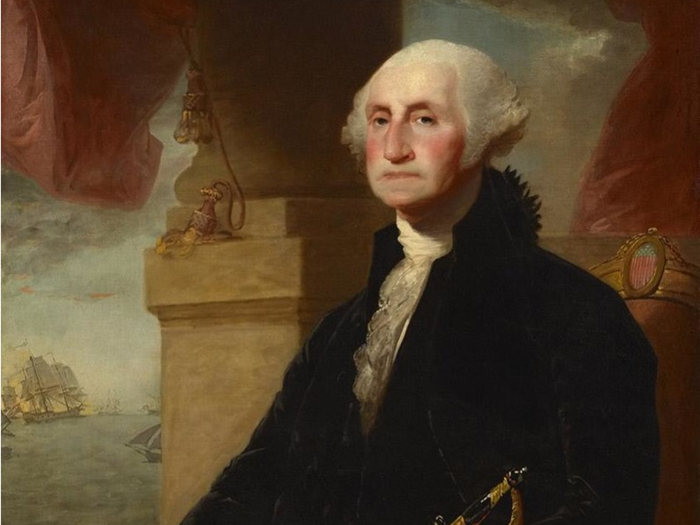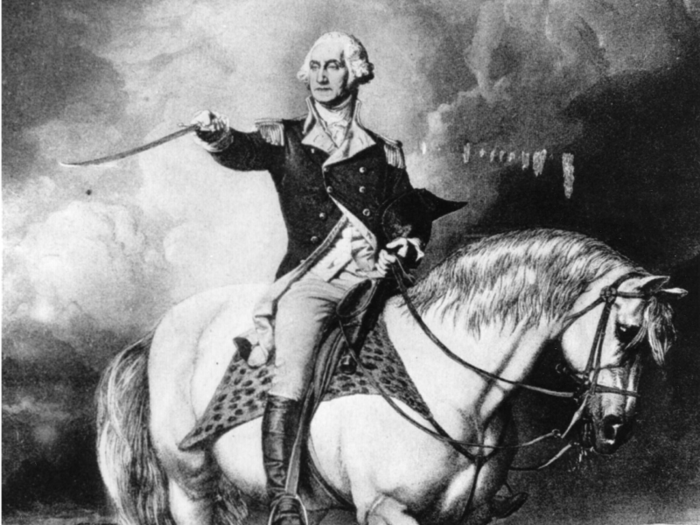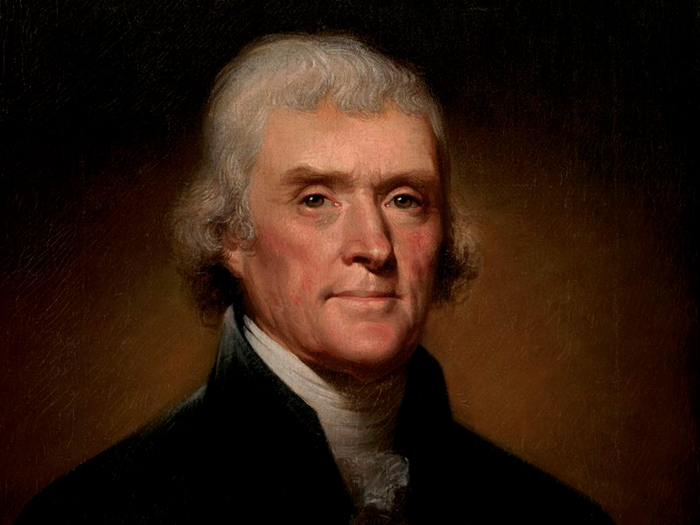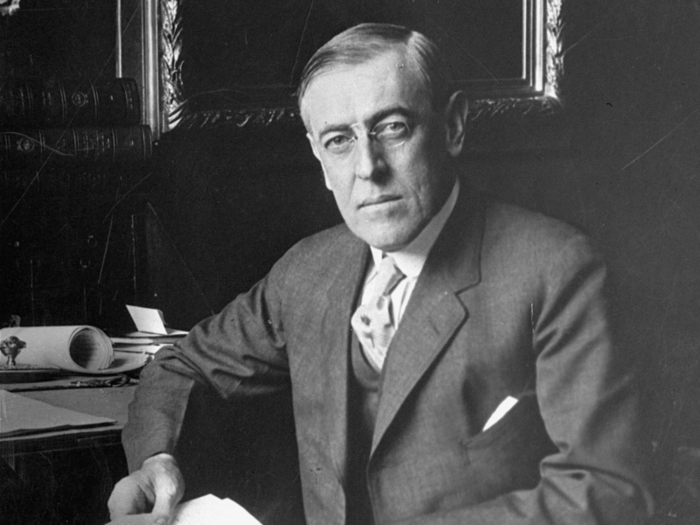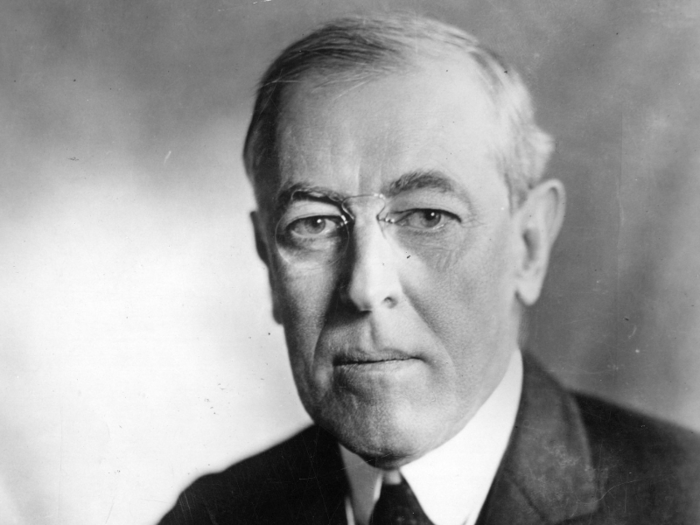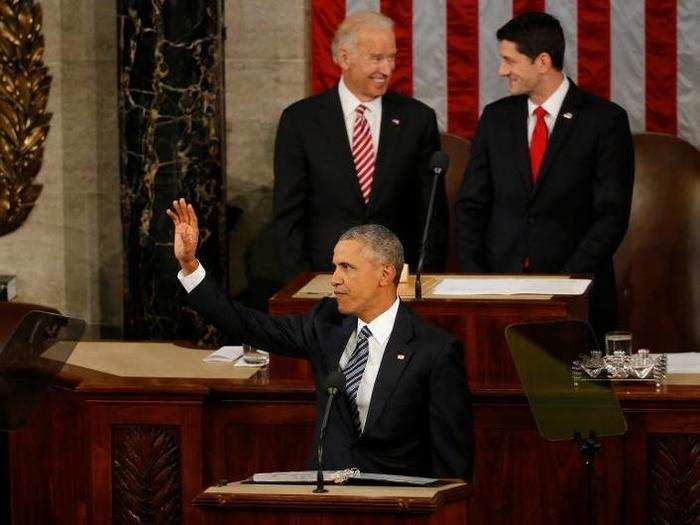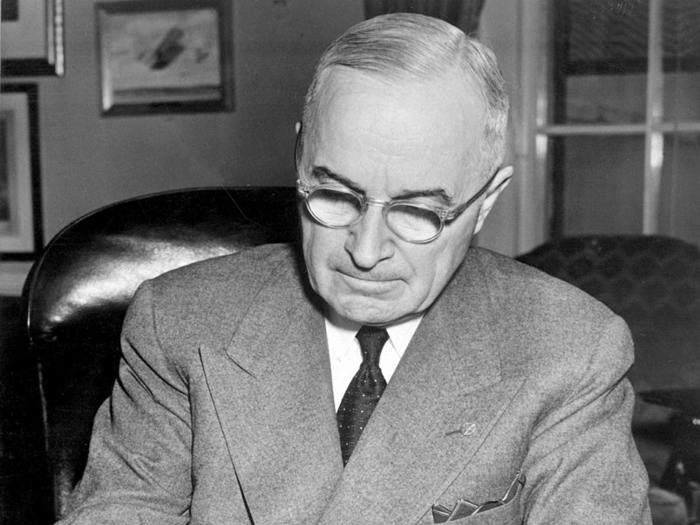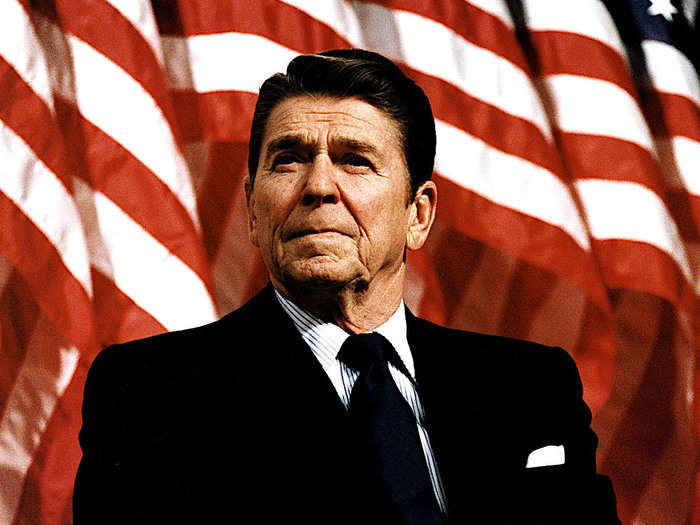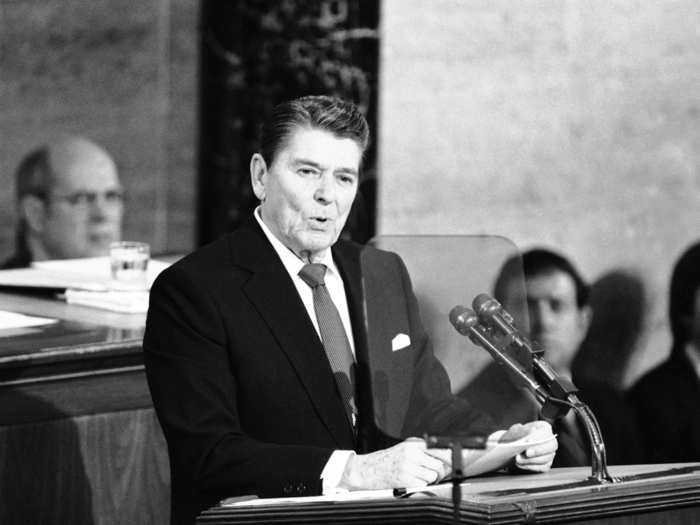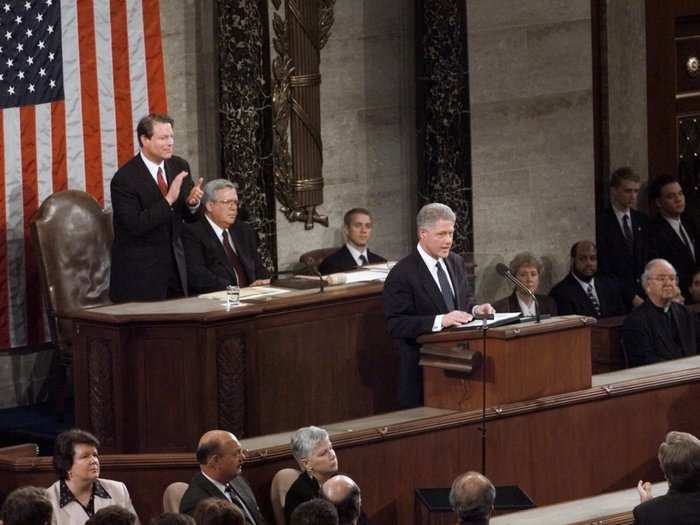The complete history of the US State of the Union address
The State of the Union address is derived from Article II, Section 3 of the US Constitution, which states that presidents "shall from time to time give to the Congress information about the state of the union, and recommend to their consideration such measures as he shall judge necessary and expedient." This has been interpreted differently by various presidents over the course of history, given how vaguely worded it is.
Popular Right Now
Popular Keywords
Advertisement

